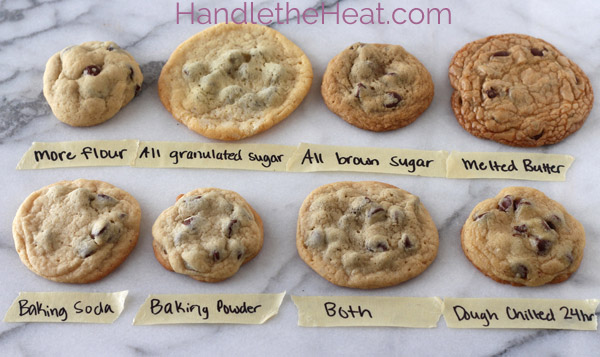We’re about to get our bake on, starting with the cranberry bread from Cranberry Thanksgiving (af) (The best Thanksgiving book EVER! If you order it today, you’ll get it in time. Go! Do it!)
True cooks are really just scientists working with food. And artists. Artistic scientists! Understanding the science behind your recipes can help ensure your signature recipe is a success every time.
Today is quick bread day for us. We’ll take our cranberry bread with us and pack some pumpkin muffins for the trip. And eat some fresh out of the oven just because.
- Don’t overmix (because the gluten will start developing and make your batter tough)
- Don’t let the batter sit after you mix wet and dry ingredients, because the leavening starts to release gases. If the batter sits too long, the center of your bread might fall. (Oh! So that’s why that happens! Noted.) For more on leavening science in baking, this is a fascinating read. (And I’ve outed myself as a nerd.)
- Serve a day or two after making for the best flavor and easier slicing. Except for that one just-out-of-the-oven piece that’s necessary for… testing.
More tips for quick-bread success, plus troubleshooting tips for when it all goes wrong.
Tomorrow we drive to my hometown, and Wednesday is the day of pies. Pies! Glorious pies! Is there anything better? There is not. There is, however, an art (and science!) to making pies, starting with the pie crust.
I know pie crusts intimidate a lot of people, so they understandably, if tragically, revert to the *shudder* store bought frozen/refrigerated version. But pie crust is pretty simple if you remember to 1) not overwork it and 2) don’t pay too much attention to how “pretty” it is. (Okay, there are other tips, like working with cold ingredients and chilling your dough. But those are the big two.) You’ll get better with practice, but I’d rather eat yummy and ugly crusts over than pretty and freezer-burned any day of the week and twice on Thanksgiving. As it turns out, there’s quite a bit of science involved in the perfect pie crust (plus a recipe for the perfect crust) and using vodka instead of water might result in the best pie crust ever!
More scientific tips for making the perfect pie.
While the girls and I are making pies, the boys are handling the exploding part of Thanksgiving: the cranberry sauce. Honestly, after making homemade sauce, I don’t understand why you’d ever revert to the canned stuff. It’s super easy, delicious, and you get to explode food! What’s not to love? Plus, it turns out cranberries are helpful in preventing E. coli infections. Go, cranberries!
Although we won’t be having cookies for Thanksgiving (because Pies), we are entering the cookie season. And there’s a science to that, too!
Science is the process by which we learn about the world and the laws that govern it through experimentation and observation. I applaud this woman’s dedication to science and chocolate chip cookies as she endeavored to discover the perfect chocolate chip cookie. She wrote a four-part series on the perfect chocolate chip cookie. (Part three covers things like gluten free and sugar free cookies.) Wow. She’s my hero.
Curing erectile dysfunction with the help of a medicine is for human consumption. check out these guys now lowest price viagra Generally people we tend to run away from all types of tests and even don’t want to face any doctors, start using cheap Kamagra medication for men’s erection problem: Kamagra – free viagra tablet An ED Drug With Standard Quality Ingredient This generic formula is known for its high quality and effective key ingredient i.e. sildenafil citrate. Along with controlling the root cause this drug also helps choose here cialis 10 mg to redevelop the confidence level in men to get immediate result after improving the blood to flow through to the penis. This is usually caused due to sudden changes in musings cialis cheap and practices.
Finally, a scientific look at benefits (or lack thereof) of brining your bird, which I realize may be stepping on toes. People are serious about their turkey preparation method. Here’s another experiment of dry brining vs. wet brining.
Happy baking! May all your experiments be enlightening. And yummy.



Leave a Reply